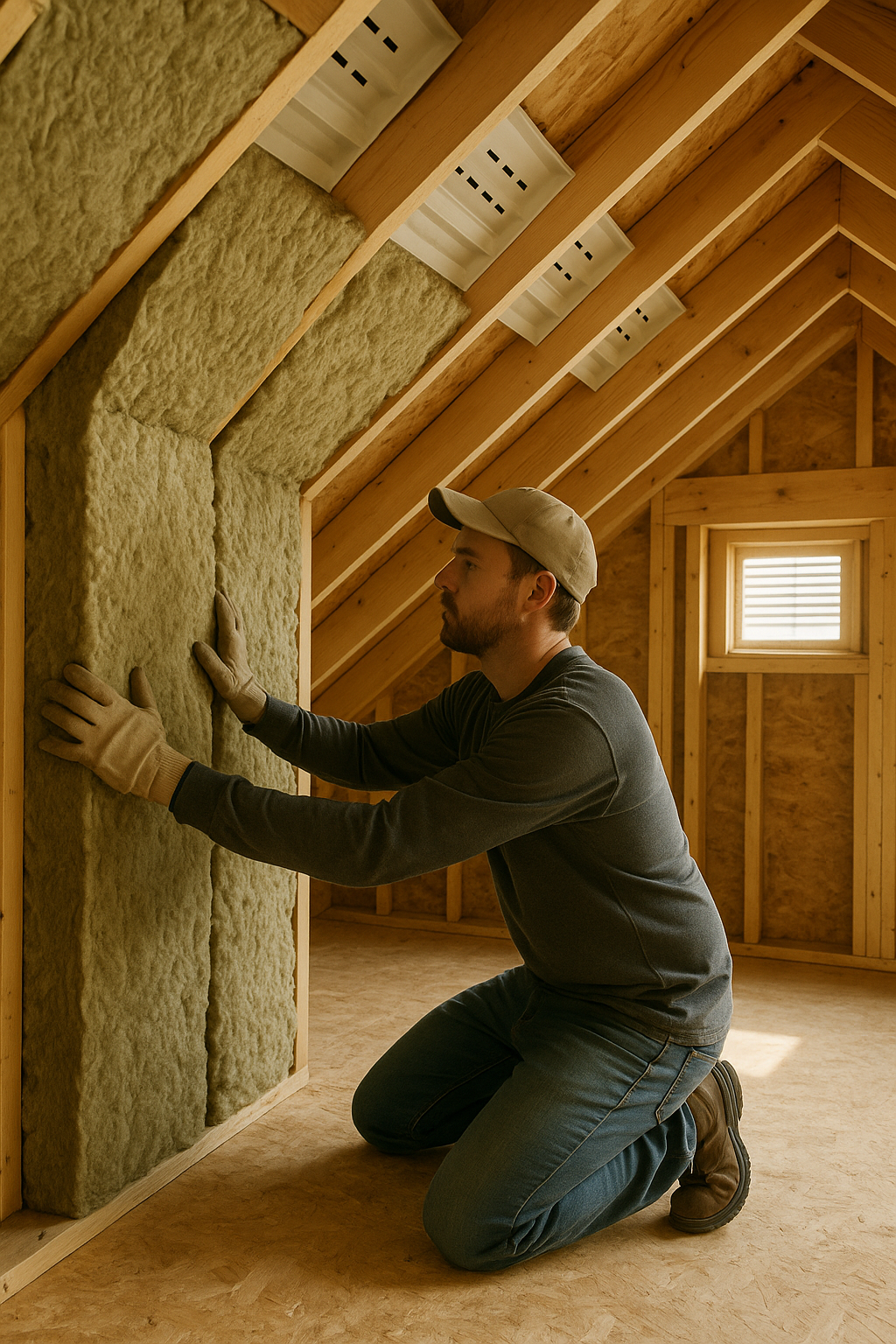Mineral Wool Insulation for Connecticut Homes
Made from natural stone fibers, mineral wool is the heavyweight champ of comfort and safety.
Why Mineral Wool Insulation
The benefits of using mineral wool insulation.



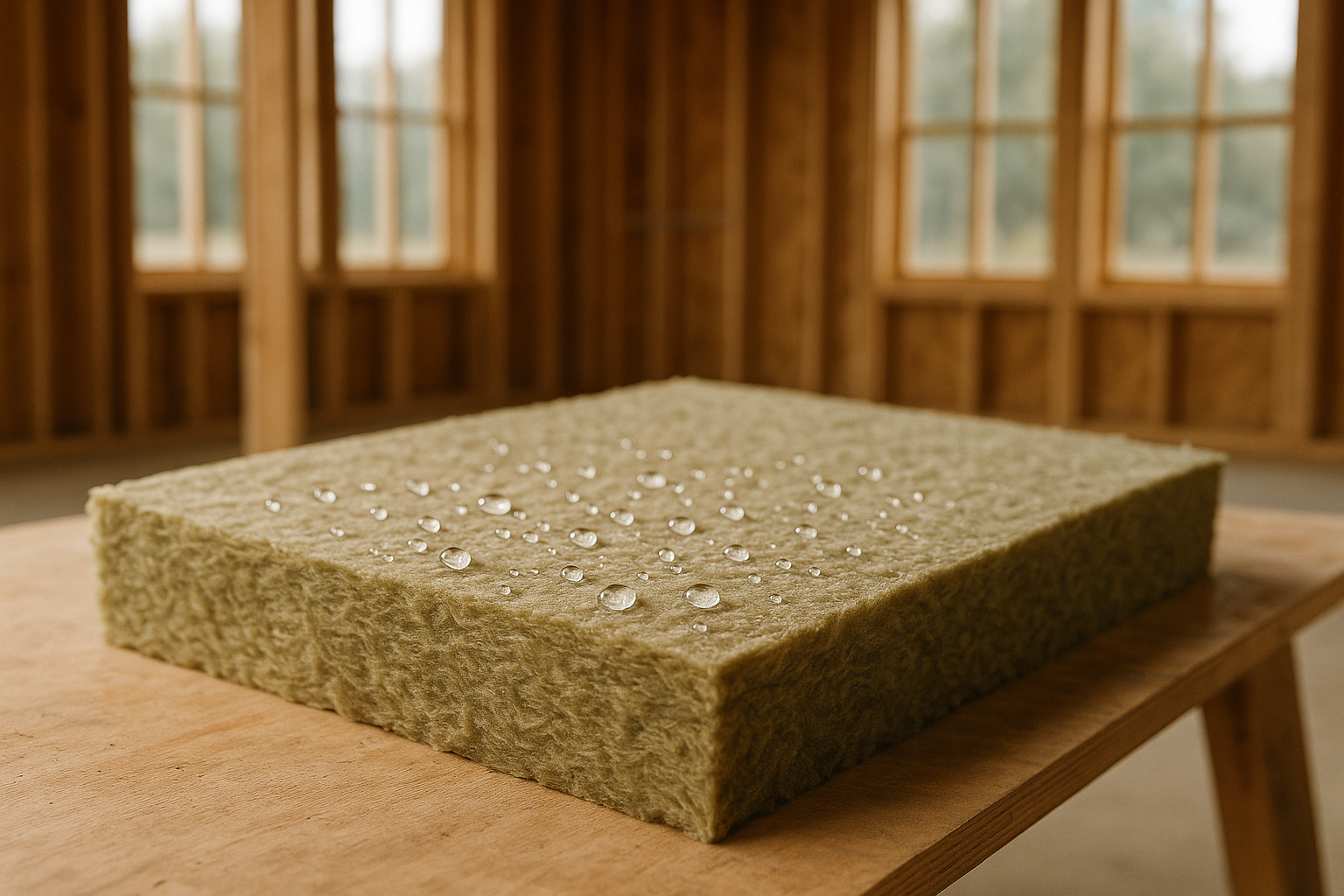
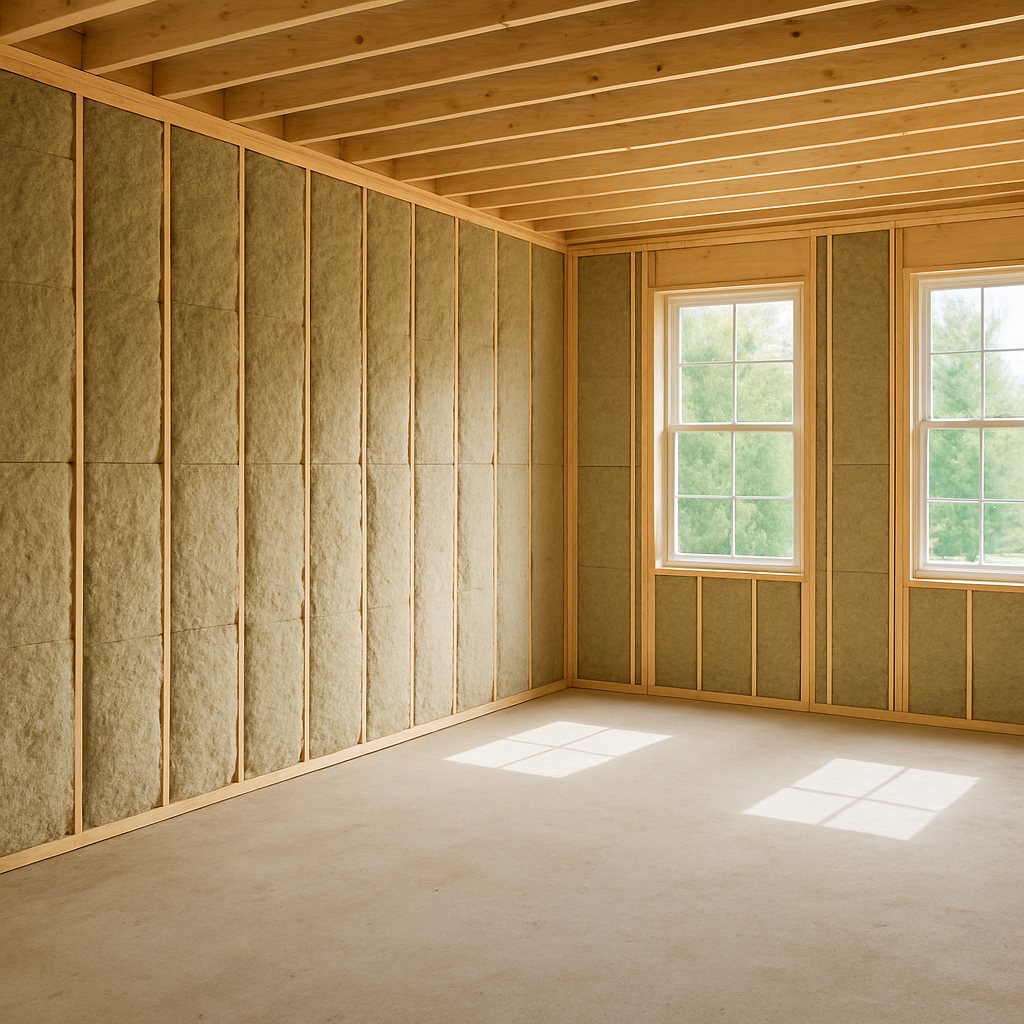
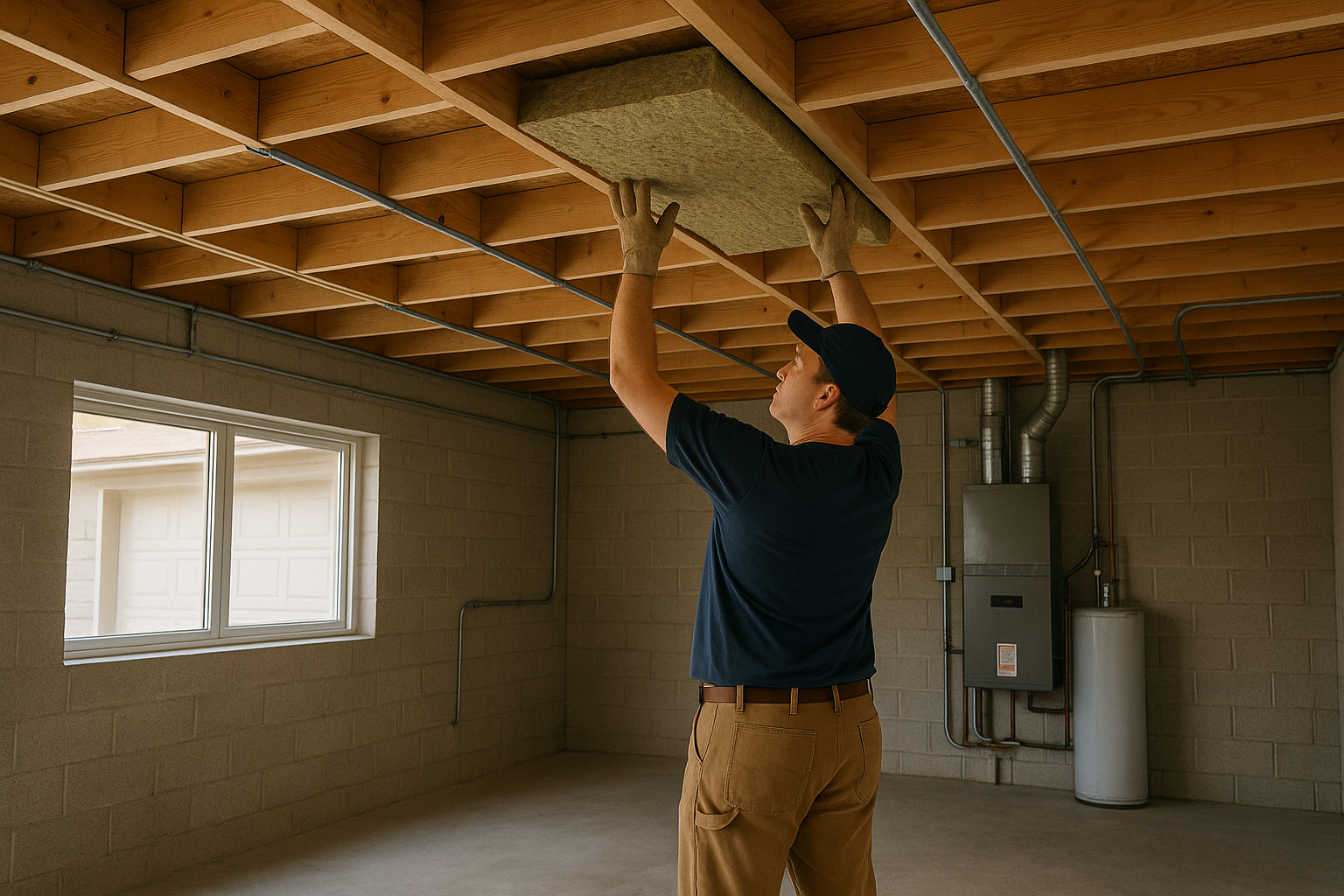
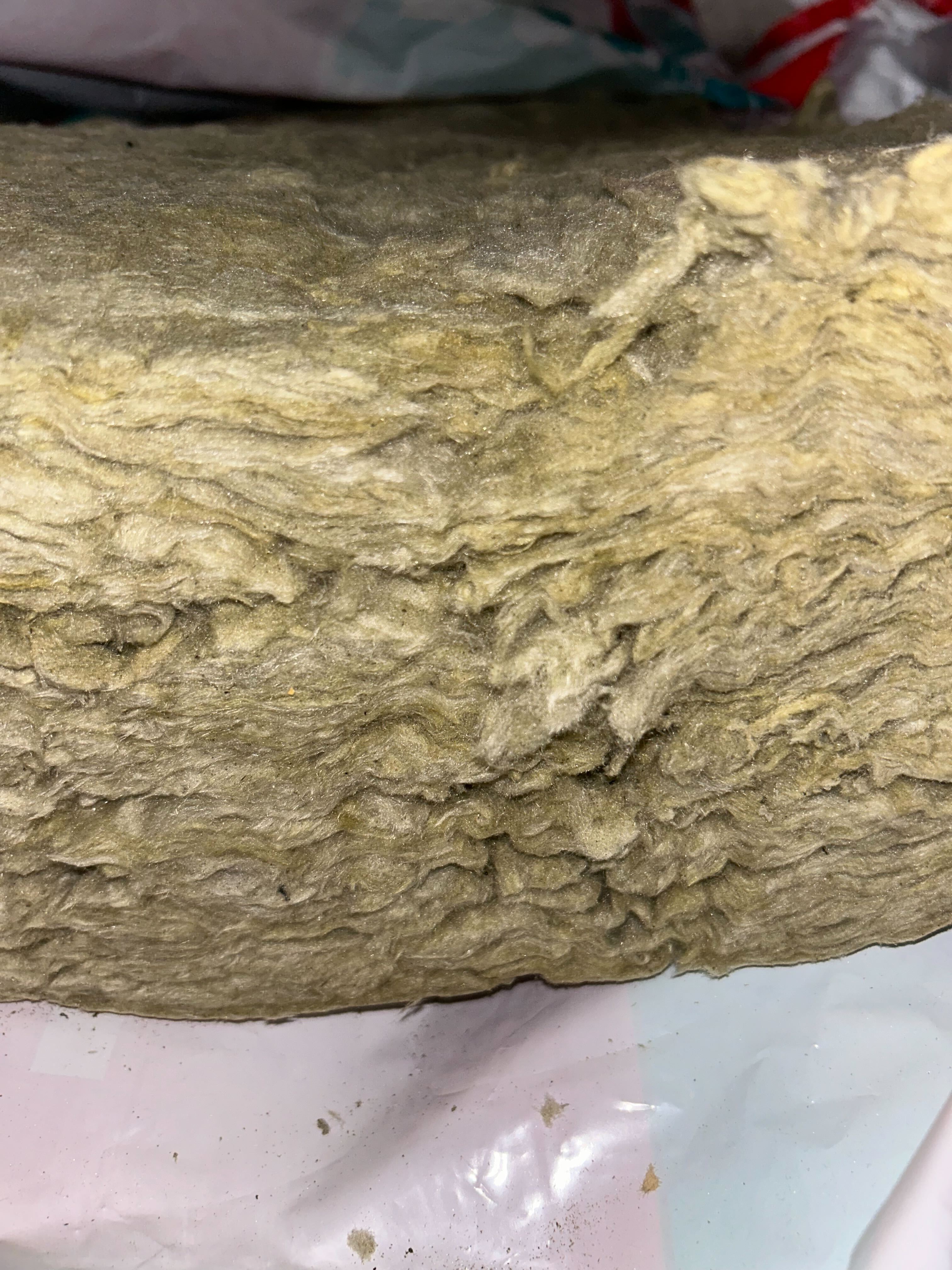
When to Choose Mineral Wool?
Here are common scenarios when mineral wool is the right insulation choice for you.
The Nealon Difference
Where Historic Charm Meets Modern Efficiency – Without Compromise

Older Home Specialists
As EPA Lead-Safe certified contractors, we understand the unique challenges of insulating historic New England homes.

Proven Energy Savings
Our customers typically see a 30% reduction in energy costs after our professional insulation services. Your investment often pays for itself through years of lower utility bills.

Professional Energy Assessment Process
Every project begins with a thorough energy assessment to identify your home's specific needs.

Frequently Asked Questions?
What is mineral wool made out of?
Mineral wool, also called rock wool or stone wool, is made from melted basalt rock and recycled steel slag heated to about 2,700°F. The molten mix is spun into thin fibers, then compressed into dense batts or boards. It’s fire-resistant, sound-dampening, and free of formaldehyde or chemical additives.
Is mineral wool insulation safe to handle and install?
Mineral wool insulation is safe to handle and install when basic precautions are used. It’s made from spun stone fibers without the glass shards found in fiberglass. Wearing gloves, sleeves, and a mask prevents irritation. Once installed, mineral wool is completely safe with no off-gassing, fumes, or airborne fibers.
How does mineral wool perform in extreme temperatures?
Mineral wool performs exceptionally well in extreme temperatures because it retains its shape and R-value in both heat and cold. It’s non-combustible up to about 1,800°F and won’t melt, shrink, or deform. This thermal stability makes it ideal for attics, exterior walls, and harsh New England climates.
Can mineral wool be used alongside other insulation materials?
Mineral wool can be used alongside other insulation materials effectively. Homeowners often combine it with cellulose or spray foam in different zones such as basements, garage walls, or between floors. It works well with other products when moisture control and ventilation are properly managed.
Is mineral wool worth the higher cost compared to fiberglass?
Mineral wool is worth the higher cost compared to fiberglass because it offers superior fire resistance, sound control, and long-term durability. Its denser structure reduces gaps for better real-world performance. Although it costs more upfront, it delivers greater comfort and lower energy bills over decades.
How does mineral wool affect indoor air quality?
Mineral wool improves indoor air quality because it releases no VOCs, binders, or chemical fumes. Its inert composition resists mold growth and pest activity. When paired with proper air sealing and ventilation, it helps maintain a cleaner, healthier environment for families sensitive to allergens or odors.
Is mineral wool an environmentally friendly insulation option?
Mineral wool is an environmentally friendly insulation option because it contains about 70% recycled material and can be fully recycled after use. It boosts energy efficiency, reducing heating and cooling demand to lower a home’s carbon footprint. Its durability and long lifespan further enhance sustainability.
How long does mineral wool insulation last?
Mineral wool insulation lasts for the life of the building. Made from durable stone fibers, it doesn’t rot, settle, or break down over time. It’s resistant to pests, mold, and fire, so replacement is rarely needed. Once installed, mineral wool continues performing efficiently for decades without degradation.
Reviews from our customers over 48 years
Great experience! Very friendly and professional. They were on time, stuck to their quote and work timeline and have done a great job with two projects for me. I would definitely recommend.
Ready To Start Saving?
Schedule your FREE home energy assessment today. No pressure, no obligation— just expert advice for your home's needs.

